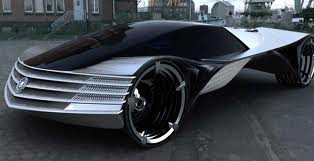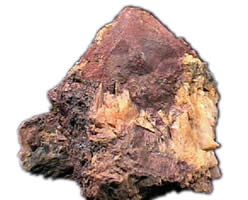The Coalition Against Nukes (CAN) is a citizens group dedicated to ending nuclear power. Their mission statement includes the following ideas:
They are working to phase out all nuclear weapons and nuclear reactors. They are concerned about the tons of nuclear waste being generated by reactors that cannot be safely stored and disposed of and will be dangerous to life for thousands of years. They believe that the fact that nuclear waste produced by reactors can be used to develop nuclear weapons is a threat to world peace and stability. They are promoting the development and use of alternate sources of energy such as wind, sun, geothermal sources and flowing water. Conservation and boosting efficiency are also on their agenda. The core tenant of the organization is that all nuclear issues from uranium mining and refining to power generation to weapons proliferation must be approached as a single issue. Their activities include networking with elected officials, creating a circulating petitions, organizing peaceful marches and rallies, and disseminating information about why the nuclear industry must be stopped. They have a Nonviolent Action Code of Conduct on the website.
Their media outreach includes press releases on nuclear issues, press kits on nuclear issues, lists of speakers at their events, downloadable posters advertising their events, rally event guides with transportation advice. The website includes a membership section where you can sign up for a newsletter and event bulletins. They also have a listserve which people are invited to join.
They encourage people to take direct actions by writing letters to congressmen. There is a sample letter that can be downloaded and fields that can be filled in with your specific information. They have a nuclear free community program that provides a downloadable resolution document of concern about the Indian Point nuclear power plant. They suggest using the resolution document, which has been signed by 80 communities, as a template for drafting your own resolution of concern about a particular nuclear power plant in your area. And they encourage people to volunteer for CAN.
Their donation page has a section for direct donations of under $250 via check, credit card or PayPal and another section for indirect donations through another organization called the Nuclear Information and Resource Service.
September 20,21 and 22, CAN held the Rally for A Nuclear-Free Future, a major event in Washington, D.C. that was an umbrella for a number of different events including a big public rally at the Capitol, a congressional briefing, an evening of speakers and live music at Busboys and Poets, a protest at the Nuclear Regulatory Commission national offices, a presentation of anti-nuclear films at the Letelier Theater, and a ceremony about nuclear impact on Native Americans at the Museum of the American Indian.
Congressman Dennis Kucinich sponsored the Congressional Briefing for elected Representatives that was part of the CAN program to promote greater awareness about critical issues complicating the use of nuclear power for energy generation.
The CAN website is http://www.coalitionagainstnukes.org
The CAN logo:




